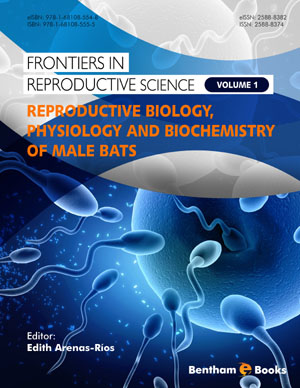Abstract
Salim Ali’s fruit bat Latidens salimalii, is endemic to southern India This bat has long been considered as one of three rarest bats of the world. This is because, until 2000, there were only few individuals caught in mist-nets and the total population is considered to be less than few hundreds (~ 250) with tiny distribution range. Based on the above information IUCN has classified this species as “Critically Endangered”. But recent studies show that the species’ population is between 800-850 individuals (the estimate is based on the counts in day roosts). Also the distribution and the extent of occurrence of this bat are getting wider than before as new roosts were being located particularly in two regions of Western Ghats; 1) High-Wavy Mountains 2) Agasthiyar Hill Range in Southern India. The day roosts are typically located in high-altitudes, and are usually closer to the proximity of water source. They rely on wild fruits belong to the plant spceis like Ficus, Elaeocarpus, Diospyrus, Prunus, Syzygium and Palaquium in both regions. Currently the bat species face fewer threats; a) anthropogenic activities to some roosts might disturb their colony, b) roosts located in private estates may face habitat alterations. Thus, habitat modeling studies (using advanced tools like GIS) would better depict the long term threats to this species. But the IUCN has to re-review the current status (i.e., Critically Endangered) of L. salimalii.
Keywords: Chiroptera, Pteropodidae, Salim Ali’s fruit bat, Western Ghats, mountains, Agasthiyamalai Biosphere Reserve, upper incisor, cave roosting, night roosts, ejecta pellets, food plants, Ficus spp, Prunus, Elaeocarpus, roost sharing, humidity, habitat, coffee estate, threat, conservation.








